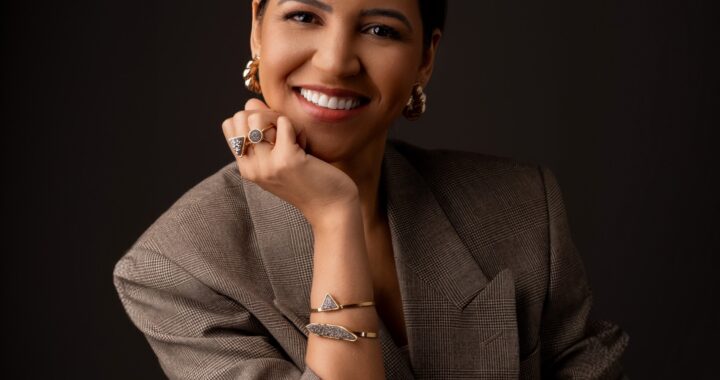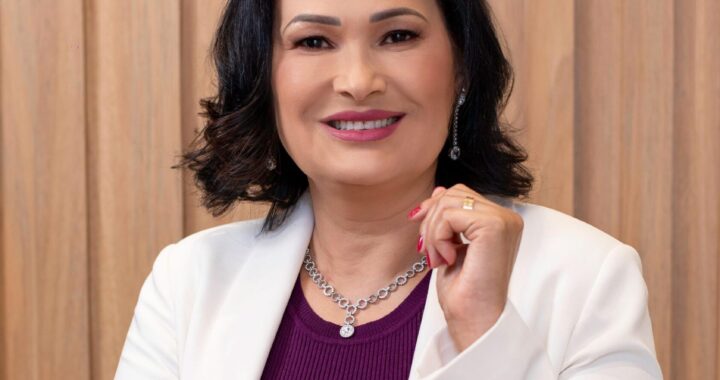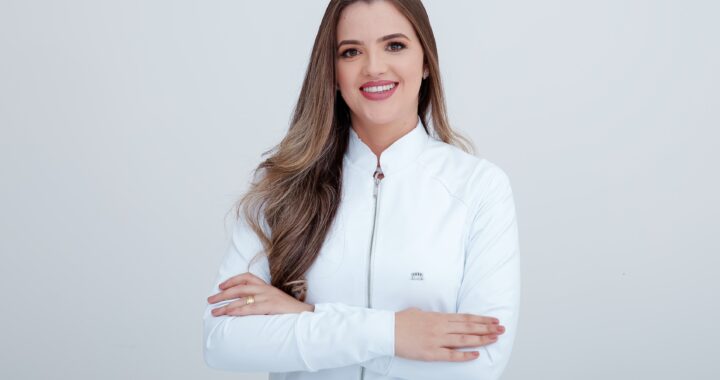It is not your creative imagination: the longer two remains together, the greater similar they come to be in looks and steps.
“As humans, we’re instinctively attracted to people who remind you of ourselves,” wrote Lizette Borreli for health weekly. Issue is actually, what makes we inclined to these a unique brand of narcissism?
“Our company is drawn to those we have the most in common with, and in addition we are apt to have the quintessential profitable long-term relationships with those we’re the majority of comparable to,” Dr. Wyatt Fisher, a licensed psychologist, mentioned in the same post.
Because we have a tendency to see our very own characteristics favorably, we additionally seem favorably on those same traits in others. This relates to both character faculties and bodily characteristics. A 2010 research provided players with morphed photos that merged their particular confronts using confronts of complete strangers. Though the players decided not to know their unique morphed confronts had been contained in the research, they confirmed a preference for your confronts that had their attributes whenever asked to guage their particular elegance.
Different scientific studies, like this one from 2014, found that human beings will probably pick lovers with similar DNA. This “assortative mating” approach helps to ensure all of our genetics are effectively offered to generations to come.
So, to begin with, we could possibly become more likely to pick somebody with parallels to us through the get-go. However, you will also discover systematic results that explain exactly why lovers apparently morph into each other after a while.
We instinctively “mirror” those we are near to, adopting their unique mannerisms, motions, gestures, and tone of voice being bond together. A lifetime of revealing feelings, encounters, and expressions leaves similar traces on faces, theorized Robert Zajonc of the college of Michigan in a research, causing partners to appear a lot more as well.
When considering address, a 2010 learn discovered we’re much more suitable for all of our companion if our very own language styles are similar in the beginning of the commitment. Those similarities become further pronounced as a relationship goes on compliment of unconscious mimicry. “In addition to that,” typed Borreli, “using alike terms and syntax is actually an example of shortcutting communication through discussed experiences.”
The next phase is behavior. Once you have adopted someone’s gestures, face expressions, and syntax, you’re likely to embrace their steps. Partners naturally alter their particular behavior to complement both – including, a 2007 study unearthed that if one lover give up smoking cigarettes, and began to work out or consume more healthy, their wife had been prone to do the same.
Science has actually continuously revealed that we prefer lovers which look and act like all of us, and this genetic being compatible is related to a happy marriage. What it doesn’t answer is Borreli’s last key questions:
Are we happy because we understand one another, or because we show comparable genes? Does being happy result in face similarity, or is it the facial similarity that leads to happiness? Does mirroring influence the long life and popularity of our connections? & Most notably, tend to be doppelgänger partners more happy in the long run?

 Dra. Aline Sara Miotti: Dedicação à Medicina e à Família.
Dra. Aline Sara Miotti: Dedicação à Medicina e à Família.  Odontonew: Cuidando do Sorriso dos Pequenos com Carinho e Dedicação.
Odontonew: Cuidando do Sorriso dos Pequenos com Carinho e Dedicação.  Belo Viver Clínica: Transformando Vidas com Medicina Integrativa.
Belo Viver Clínica: Transformando Vidas com Medicina Integrativa.  Transformando Sorrisos e Vida com Empatia e Excelência na Odontologia.
Transformando Sorrisos e Vida com Empatia e Excelência na Odontologia.  Saúde e Bem-Estar: Uma Jornada de Transformação.
Saúde e Bem-Estar: Uma Jornada de Transformação. 


